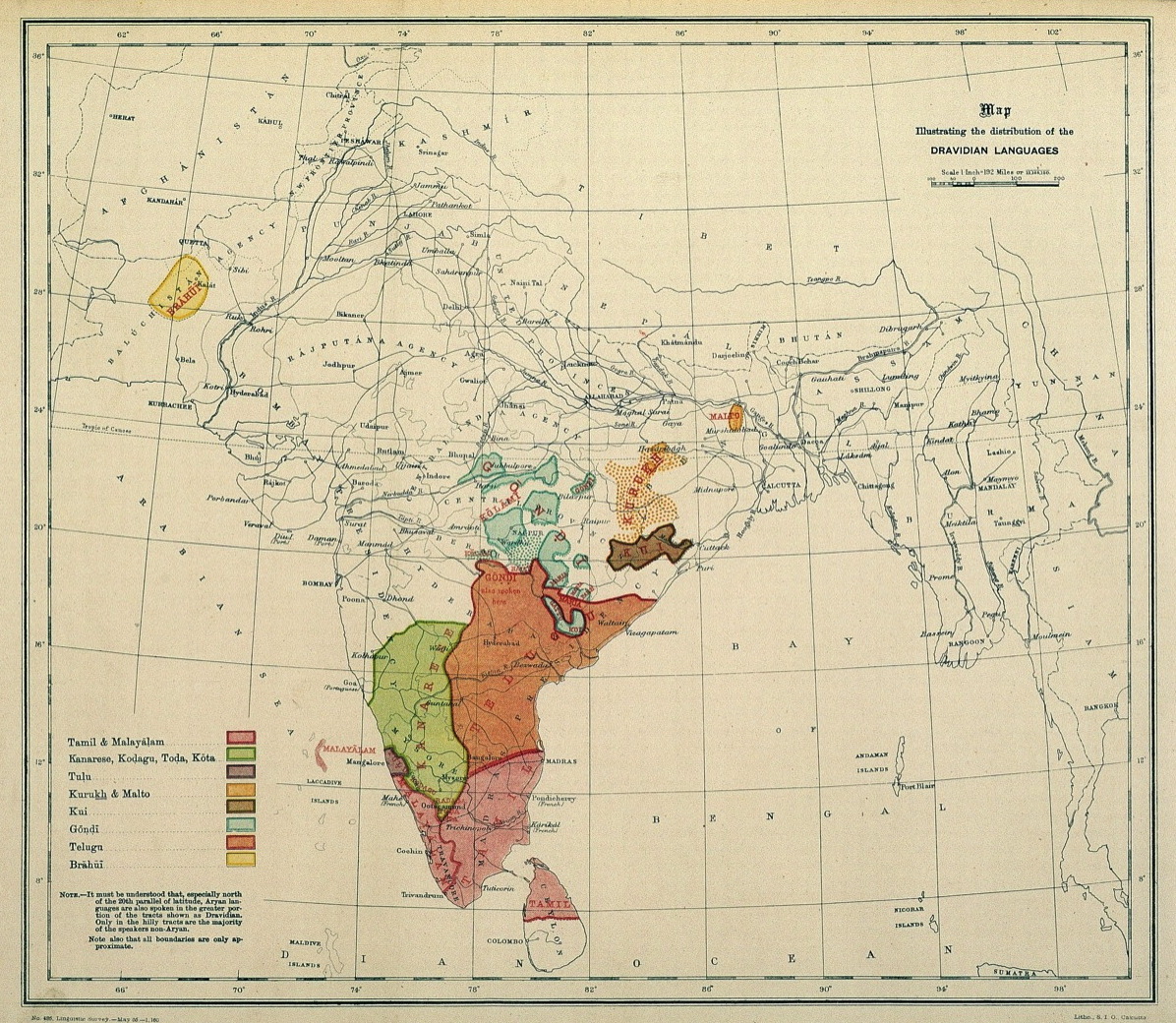Thirke Script on:
[Wikipedia]
[Google]
[Amazon]
Thirke is a left-to-right

abugida
An abugida (; from Geʽez: , )sometimes also called alphasyllabary, neosyllabary, or pseudo-alphabetis a segmental Writing systems#Segmental writing system, writing system in which consonant–vowel sequences are written as units; each unit ...
(a type of segmental writing system
A writing system comprises a set of symbols, called a ''script'', as well as the rules by which the script represents a particular language. The earliest writing appeared during the late 4th millennium BC. Throughout history, each independen ...
), based on the ancient ''Brāhmī'' script. It was developed and in use during the 14th century CE in Kodagu
Kodagu district () (also known by its former name Coorg) is an administrative List of districts of Karnataka, district in the Karnataka state of India. Before 1956, it was an administratively separate Coorg State at which point it was merged ...
, in present-day Karnataka
Karnataka ( ) is a States and union territories of India, state in the southwestern region of India. It was Unification of Karnataka, formed as Mysore State on 1 November 1956, with the passage of the States Reorganisation Act, 1956, States Re ...
.
Etymology
Mookonda Kushalappa called this script "thirke" ("temple" in Kodava). Kodava is the language native to Kodagu.History
Two inscriptions dating to 1370-1371 AD with the thirke script were found in the Bhagandeshwara temple inBhagamandala
Bhagamandala is a pilgrimage place in Kodagu district of the Indian state of Karnataka.
Location
Bhagamandala is situated on the river Kaveri in its upstream stretches. At this place, the Kaveri is joined by two tributaries, the Kannike and ...
and the Palurappa Mahalingeshwara temple in Palur.
Decipherment
The inscriptions have been attributed to a King Bodharupa. The Coorg Inscriptions volume of theEpigraphia Carnatica
''Epigraphia Carnatica'' is a set of books on epigraphy of the Old Mysore region of India, compiled by Benjamin Lewis Rice, the Director of the Mysore Archaeological Department. Over a period of about ten years between 1894 and 1905, Rice publi ...
mentioned these two 14th century inscriptions. Authored by B. L. Rice in 1914, the two inscriptions were deciphered for him by Narasimhachar and Krishna Shastri. They did not believe the inscriptions to be a unique language. Narasimhachar said that the "characters are a jumble of Grantha, Malayalam
Malayalam (; , ) is a Dravidian languages, Dravidian language spoken in the Indian state of Kerala and the union territories of Lakshadweep and Puducherry (union territory), Puducherry (Mahé district) by the Malayali people. It is one of ...
, Tamil
Tamil may refer to:
People, culture and language
* Tamils, an ethno-linguistic group native to India, Sri Lanka, and some other parts of Asia
**Sri Lankan Tamils, Tamil people native to Sri Lanka
** Myanmar or Burmese Tamils, Tamil people of Ind ...
and a few Vatteluttu
''Vatteluttu'' (, ' and , ', ), also transliterated as ''Vattezhuthu'', was an alphasyllabic or syllabic writing system of south India (Tamil Nadu and Kerala) and Sri Lanka formerly employed for writing the Tamil language, Tamil and Malayalam ...
. There is no doubt about portions being in Tamil, but other portions are in a language that is neither Malayalam nor Tulu but is related to them. I think the inscriptions are older than 1400 AD. Some of the characters appear to go back to the 11th century."

Discovery
Mookonda Kushalappa separated the characters used in the two inscriptions and put together the alphabet used.References
Notes
Sources
* {{Authority control Brahmic scripts Dravidian languages Languages of Karnataka Endangered languages of India